
- Six of Asia’s best chefs met up in the forests of Karuizawa, Nagano prefecture, where they found fresh produce and ideas that came together in a sublime meal
Outside my window, the melody of birdsong punctuates the quiet rustle of sun-dappled autumn leaves – auburn, gold, crimson – as they dance and sway.
I take a long, deep breath, recalling the distinct smell of hinoki cypress wood that greeted me on arrival at Shishi-Iwa House, a collective of architect-centred luxury lodgings ensconced in the forested foothills of Karuizawa, in Japan’s Nagano prefecture.
In this resort town an hour north of Tokyo, nature has a tendency to absorb you, stripping away the concerns that plague you in the city.

It was created as an expression to symbolise a form of retreat, billed as an antidote to the stressors of modern life. As a physiological experiment, shinrin-yoku makes plenty of sense, as science has proven that spending time outdoors – in the sun, surrounded by greenery – has both physical and psychological benefits, including lowering our cortisol levels.
In a 2010 study, researchers at Chiba University conducted field experiments in 24 forests across Japan to assess the effects of shinrin-yoku.
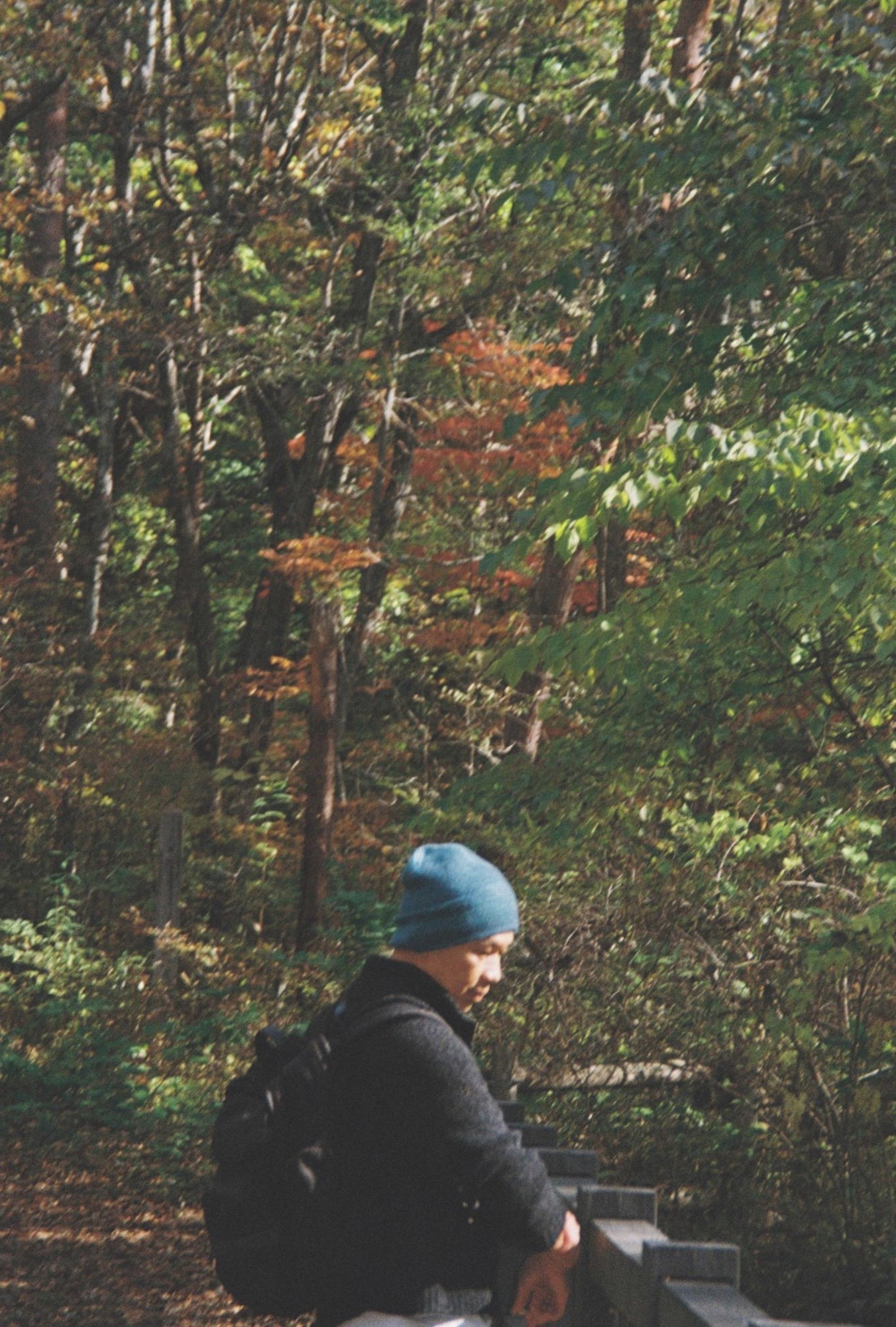
Their results overwhelmingly showed that immersion in forest environments “promotes lower concentrations of cortisol, lower pulse rate, lower blood pressure, greater parasympathetic nerve activity, and lower sympathetic nerve activity than do city environments”.
With the belief that a switch in environment could foster a greater sense of well-being and be a conduit for greater levels of creativity, Huy Hoang, the founder of Shishi-Iwa House, has invited chefs from award-winning restaurants around Asia to partake in an experimental culinary retreat, partly as a trial run to shape future guest offerings.
Both Quek and Chaneton experienced the unprecedented chokehold that Hong Kong’s draconian Covid-19 restrictions had on the local hospitality industry, which is still being felt today.
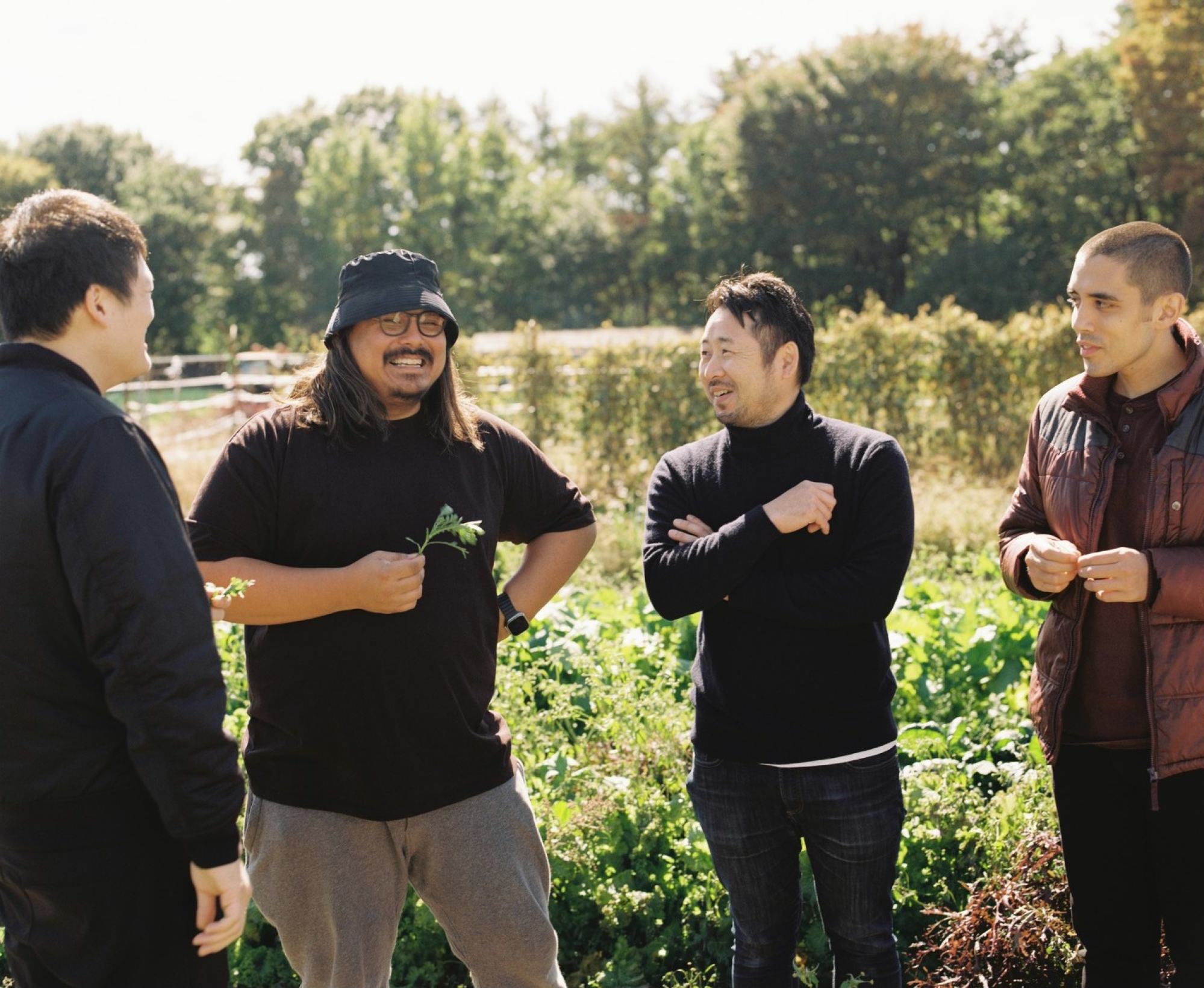
Rounding off the crew are Japan-based Coleman Griffin, the American behind Sower in picturesque Lake Biwa, Shiga prefecture, and Masashi Okamoto, the quiet force behind Shishi-Iwa’s sole restaurant, Shola.
Hoang envisioned the culinary retreat as time away from the stresses of working in the cutthroat dining industry; restorative days spent in the company of peers, with long walks through meandering forests and the chance to discover new ingredients picked straight from the land and sea.
“The retreat aims to be a place to reflect and restore energy, and in turn spark new ways of thinking for our guests,” he says.
“When I come here, it’s ironic because I feel both a reset and a recharge,” Hoang continues. “It’s a reset where everything falls into the right place and you feel a calmness. You get to meet people from all backgrounds, from fashion to food to art.
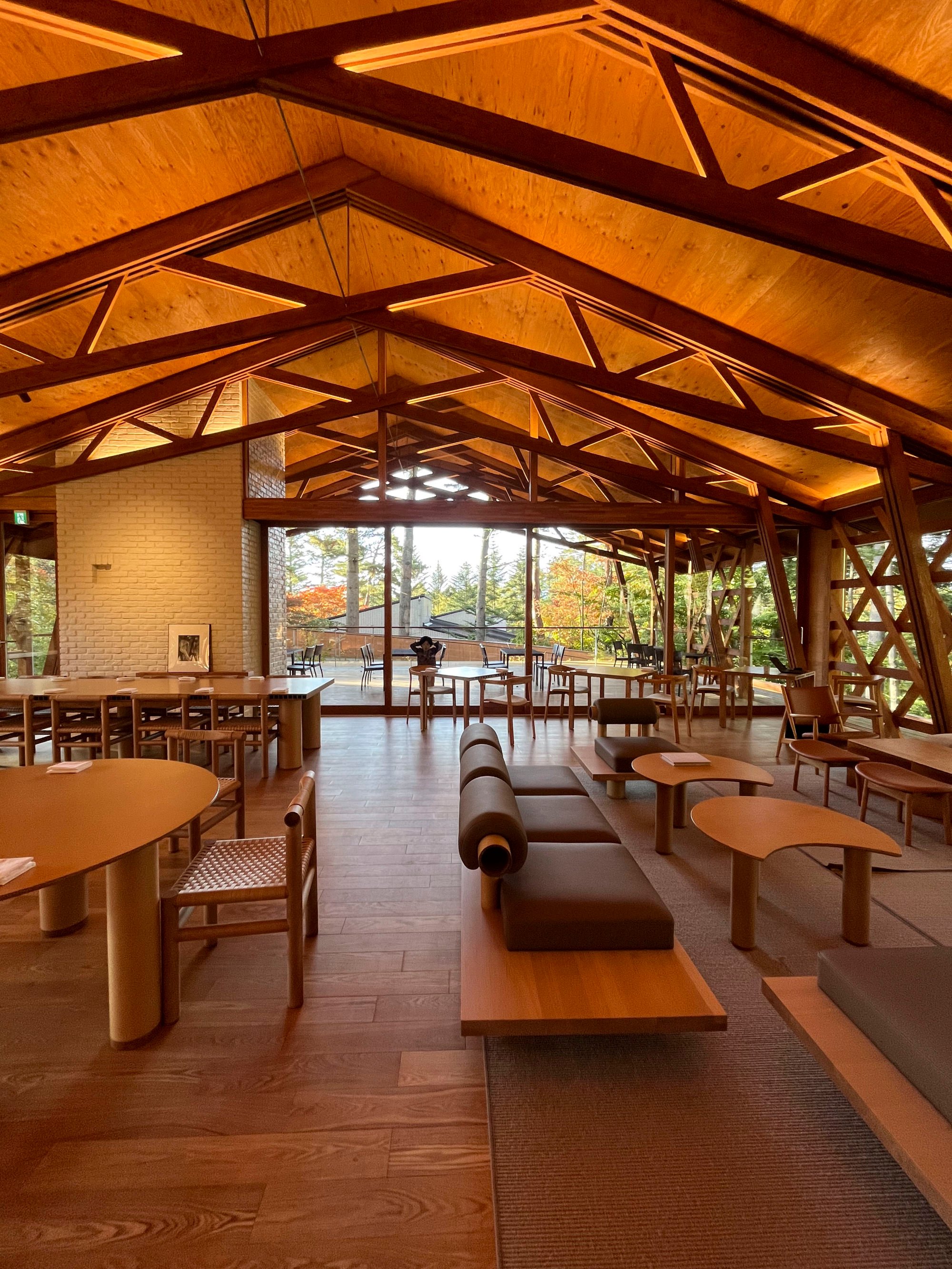
“But then that leads into a recharge of creativity because the opportunity to meet all these people in the right environment allows you to regenerate your intellectual creativity again.”
For this experiment, Hoang says that those chosen to participate are “established chefs who are aligned with our values”.
He points out their youthful energy and produce-driven cooking styles, whether they’re based in a metropolis such as Hong Kong or in a pristine plot of land overlooking one of Japan’s largest lakes.
“They are also at the cusp of their careers,” he says. “They’re at the peak of experimentation.”
It’s the same with the architects they approach, which is why Hoang chose to work with Pritzker Prize-winning Japanese architects Shigeru Ban for SSH No 01 and 02, and Ryue Nishizawa for SSH No 03, which opened in April 2023.
My brain is thinking a lot. It’s wonderful to be hereRicardo Chaneton, of Hong Kong restaurant Mono
It was only after plans were in place for SSH No 02, which opened with Shola restaurant as a focal point, that Hoang began to explore the rich array of farms and wineries surrounding Karuizawa in earnest.
“It wasn’t until we had the restaurant that we had the need to find produce and ingredients,” he says.
From farm to table
Located in the southern foothills of Mount Asama, Karuizawa has an elevation of 950 to 1,200 metres (3,100 to 4,000 feet), and boasts plenty of fertile black kuroboku soil. The weather here remains cool even in the height of summer.
With Shola’s Okamoto leading the way, the cohort of international chefs begin their journey on a crisp autumn day at Duca Farm, about 40 minutes’ drive from Shishi-Iwa House.
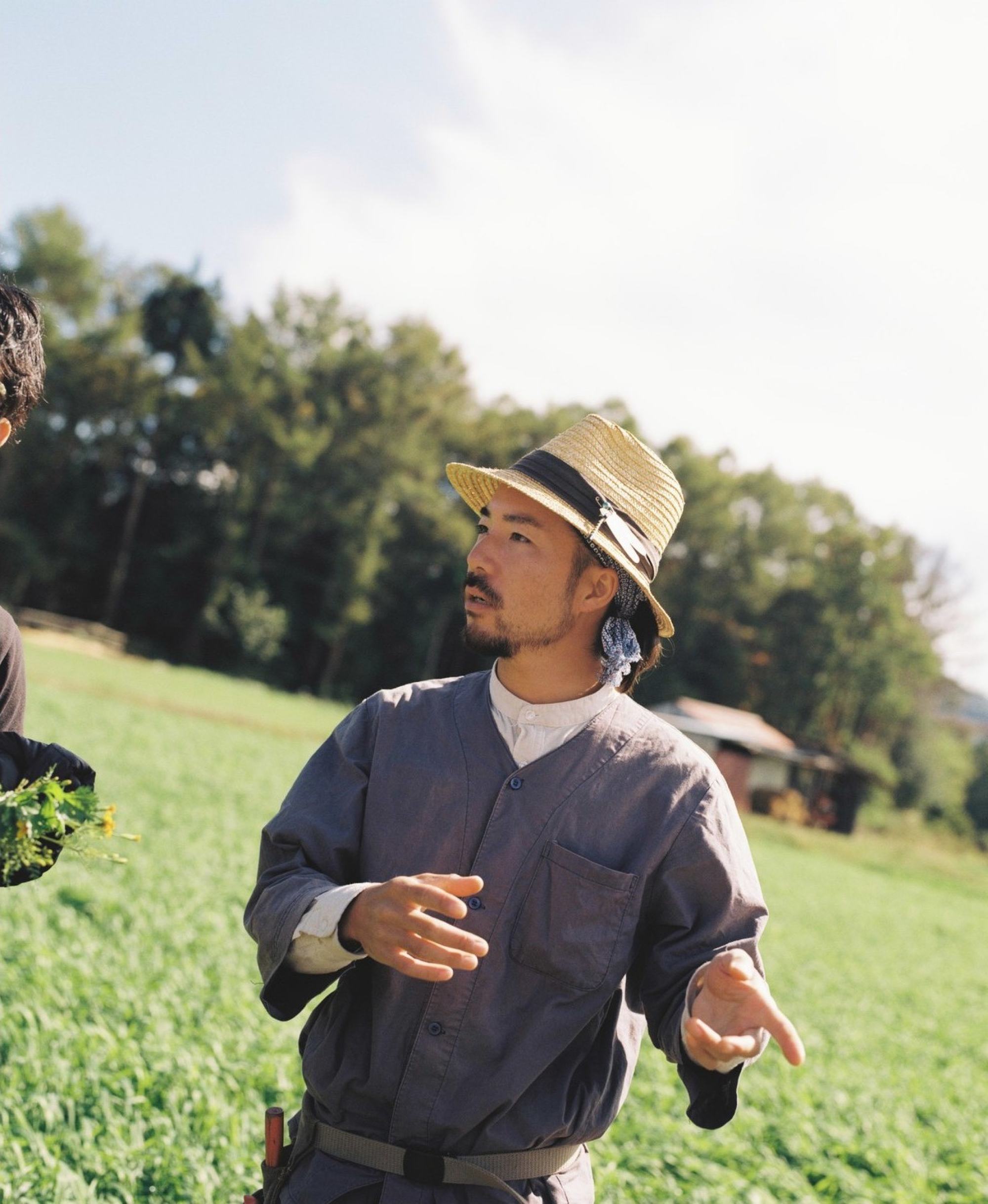
There we meet Yusuke Iizuka, a young farmer by day and DJ by night. Iizuka’s farm is small but diverse, and supplies chefs in the area with his carefully tended herbs and vegetables.
Under the gentle morning sun, we crunch through fresh, sweet, aniseedy fennel and taste tender leaves plucked straight from their stems. Iizuka plays the part of bounty hunter, slashing his way through familiar ground to pick for us the ripest bulb of beetroot, deep maroon and humming with earthy sweetness, its texture more akin to an apricot with its yielding flesh.
“Karai!”, the Japanese word for spicy, reverberates around as peppery wasabi leaf is tasted. The sheer array of verdant, flavourful herbs and vegetables ignites something.
These chefs are in their element, being as close to the source of their food as possible.
“My brain is thinking a lot. It’s wonderful to be here,” says Chaneton, as he gazes over the farmland, blinking from the sun in his eyes. “I feel like when I’m looking in the fridge at home, thinking, ‘What will we cook today?’ And it just happens.”
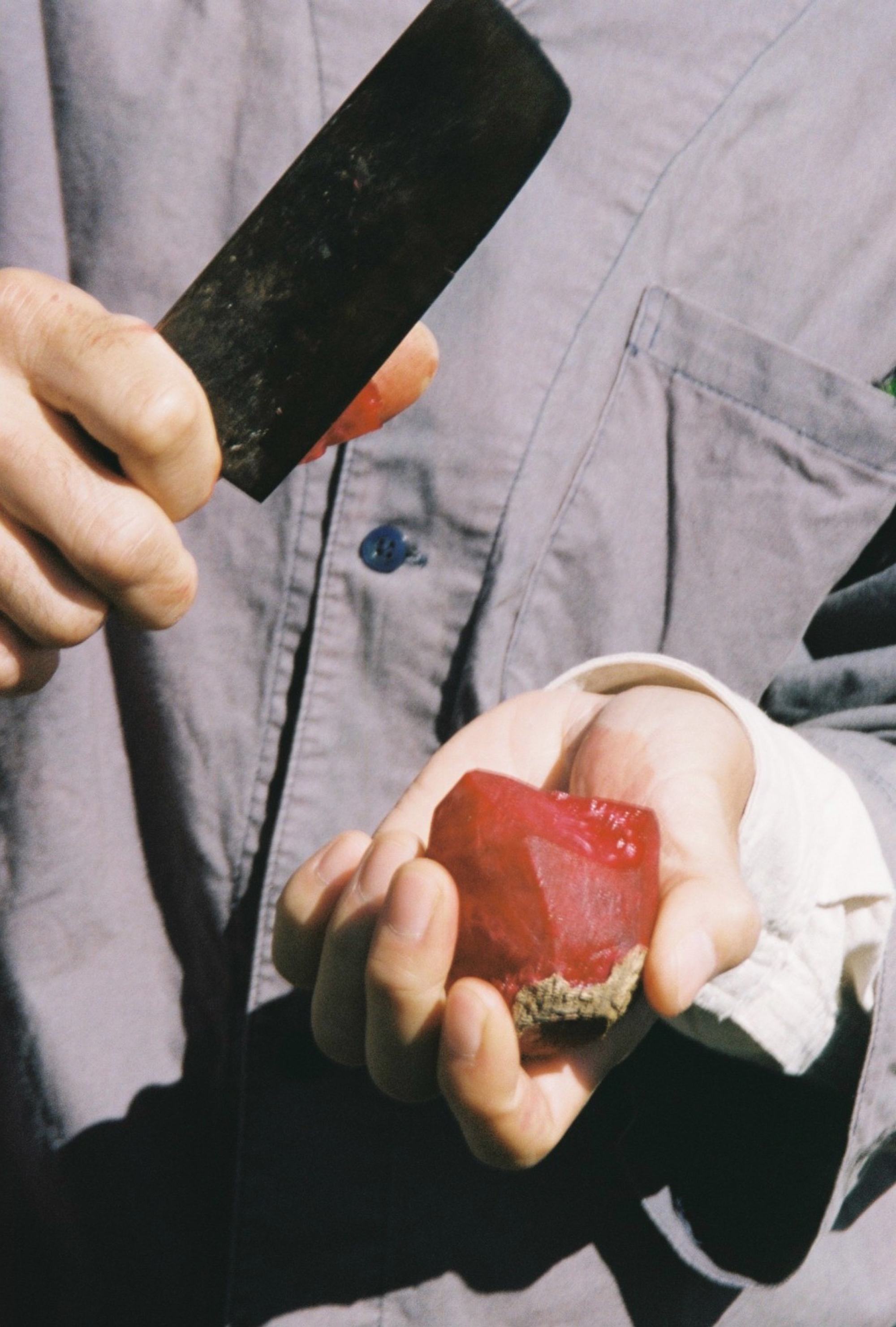
Chaneton is huddled with Griffin and Siy, discussing ideas for the evening’s dinner – their group has been assigned to cook for the other three chefs, with the trios switching roles the following day – while nibbling on fragments of nasturtium and purslane.
Siy is gunning for a family-style course, centred on a rice or soup dish.
“I like the idea of putting dishes on a tray, with multiple components here and there, so you can eat it individually or together,” she says.
She has inadvertently described a typical Japanese way of serving a meal, and Griffin – the only one of the three living in Japan – jumps in to finish the thought.
“It’s like teishoku-style,” he says, excitedly. “You go to any casual restaurant in Japan and on the wall it’ll say teishoku set A, B or C, and it’ll have rice, protein, miso soup and pickles. But instead of pickles it might be a vegetable garnish. The soup can be any soup, it doesn’t have to be miso. That might be a nice format.”
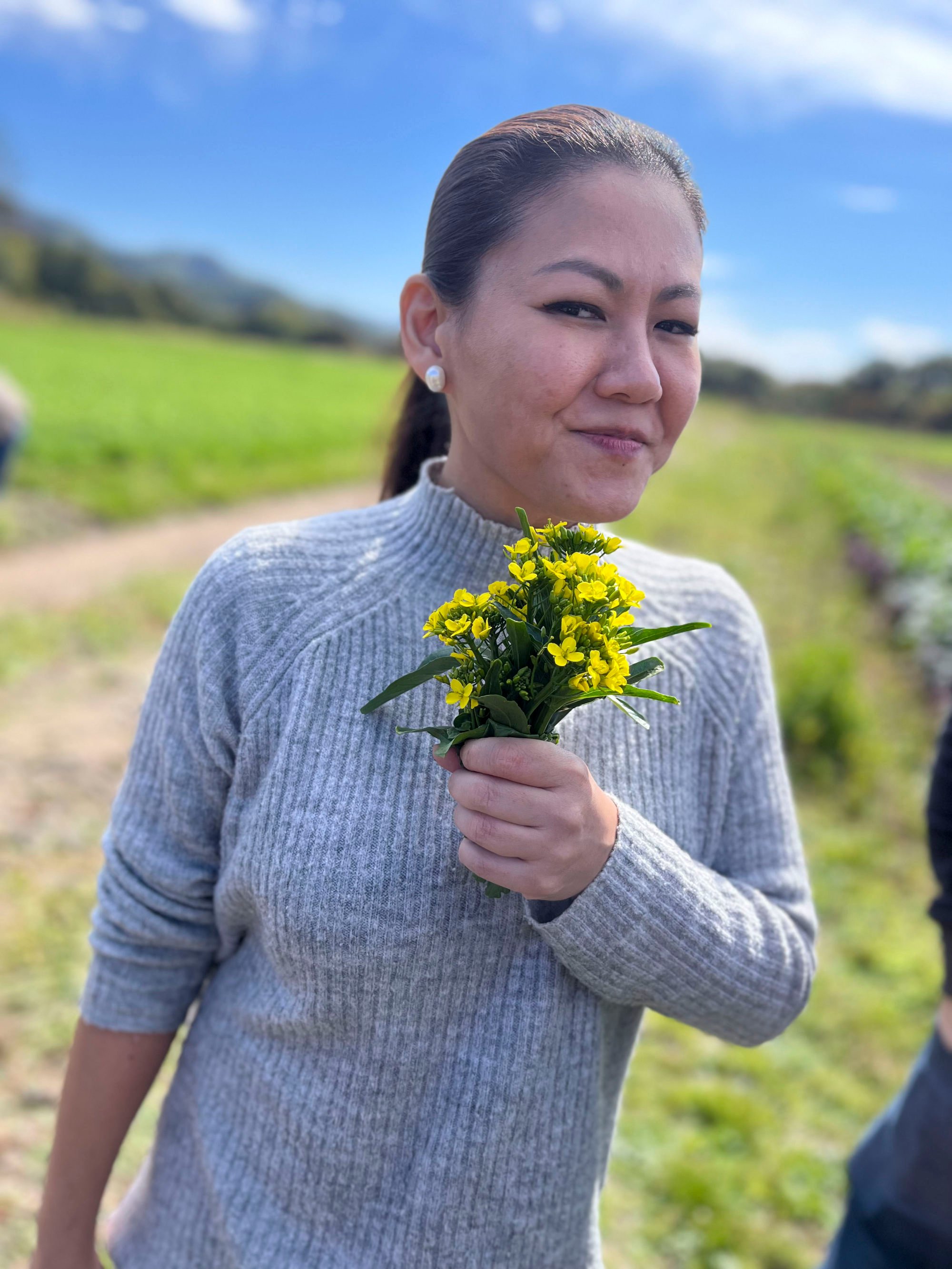
It’s like watching musicians jamming, each riffing off the other. “Marigold leaves in steamed rice would be super interesting as it’s a contrast of flavours,” says Chaneton. “The purity of steamed rice with the very lemony taste of the marigold.”
“I like the mixed-herbs idea. It’s almost like nasi ulam,” says Siy, referring to the traditional Indonesian dish of rice with mixed herbs such as wild betel nut leaves and cashew leaf shoots.
“We’ll mix it up so every bite is different. And it will express everyone’s personalities,” says Griffin.
“I saw the nasturtium leaves are quite big, we could do a little taco, too,” says Chaneton, deep in thought.
“If you cook the ayu, we could do an ayu taco,” suggests Griffin, reminded of the sweet river fish that are at the tail end of their season. “Oooh, that sounds delicious,” Siy chimes in.

The creative back and forth is interrupted as, from across the field, the other chefs call them over to try another one of Iizuka’s specialities, the round, pearly kabu – a pastel-white Japanese turnip that has a subtle, nutty sweetness.
I’ve tried farm-fresh kabu before, but nothing could have prepared me for the ones grown here.
It’s like eating the freshest, most pristine white peach, except with a bite. The kabu is crisp, shatteringly so, but its flesh yields an unexpected juiciness.
“This is what you call a radish!” exclaims May Navarra, Jordy’s wife and front of house at Toyo Eatery.
“I told you, that radish is like a main course straight from the ground,” says Hoang, visibly pleased by his guests’ delight over the produce. “It’s like eating a pear.”
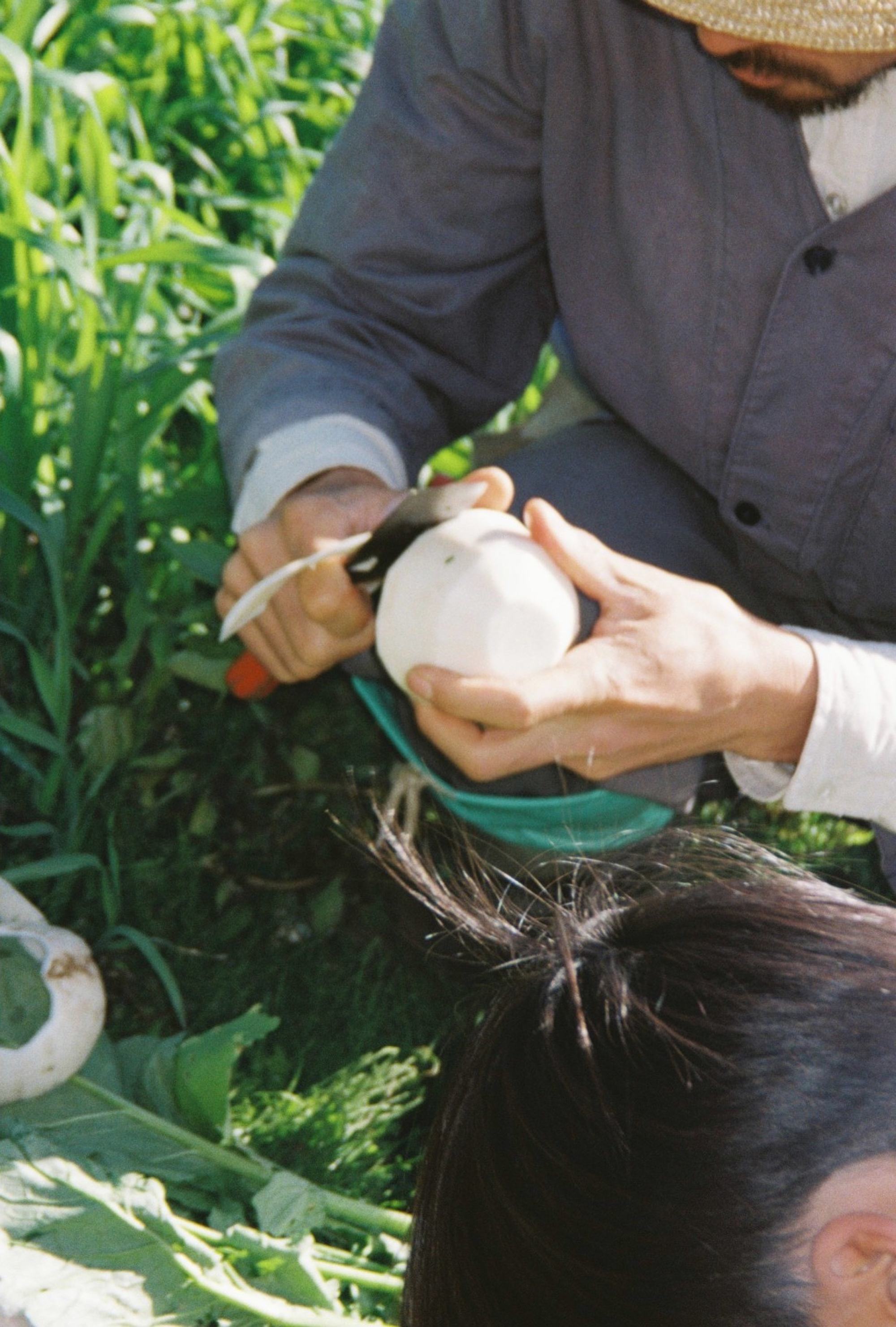
Between brainstorming and bites of this and that, another idea begins to form in Siy’s head – instead of dividing the meals into two separate events, wouldn’t it be even more fun (and a little bit crazy, considering the size of Shola’s small kitchen) for all six chefs to work together on one epic feast?
Hoang is bemused, but in the spirit of “sparking new ways of thinking”, clearly sees the merit in letting the chefs deviate from the original plan.
“What we can do tonight, is that everyone cooks – and then tomorrow I’ll take you all to a very fine Japanese restaurant instead,” he says, to a resounding round of whoops and cheers.
The experimental feast
By the time we return to Shishi-Iwa House – after detours to a local sake brewery as well as a winery and soba restaurant – the sun is starting to set, casting a golden glow on the autumnal foliage surrounding the hinoki-wood building.

While other guests retire to their rooms, there’s no rest for the chefs as they gather around a large table in Shola to hammer out the evening’s menu.
The nasturtium and ayu taco idea that was bandied about out in the fields has been firmly retired – “It’s 4.30pm already, so bye-bye, taco,” says Chaneton – but new thoughts are emerging in their place.
Navarra is floating the idea of using the kabu with trout and local strawberries; Siy volunteers one of her stashes of crab fat as a condiment for the teishoku course; Quek is game to do a fried chicken dish possibly with a sambal aioli; Griffin takes charge of the proteins, describing a detailed presentation of wild venison.
One of the more out-there ingredients is hachinoko, or bee larvae, to be cooked into a Béarnaise sauce that is being proposed as an accompaniment to the wild-herb rice.
The vibe is amicable, thoughts and ideas flowing from one to the other without resistance.


Siy later confesses things were surprisingly relaxed despite a lack of advance planning. “Usually, for collaborations, we have a plan. We’re control freaks, so we always want to make sure everything is going to go well.”
Navarra agrees: “Everyone was super mindful of everyone else. We’d be asking each other, does this taste OK? Everyone was very respectful.”
“The produce that we used for the dinner that night really spoke for themselves,” adds Quek.
A beautiful tranche of Shinshu salmon from Saku city comes cloaked in an emerald sauce of nasturtium leaves and purslane, an epic marriage of land and sea.

Griffin’s venison course features the meat cooked over magnolia leaves that the chef had foraged on his run through the forest earlier that day, on a bed of sublimely creamy mushrooms kissed with a touch of acidity.
But it’s the teishoku, the tray meal, that truly encapsulates the work of six hands.
The mixed-herb rice dish discussed earlier has materialised, the fragrance and flavour of marigolds, mustard leaf and wasabi leaf mingling with the pearlescent grains.
Slices of local wagyu beef beam rosy pink on a plate, along with smoked duck from Matsumoto city. A consommé with celeriac and avocado leaf by Chaneton shines with influence and technique from South America, Hong Kong and France all in one.
The luscious crab fat shimmers in its small pot. The fluffy bee larvae is transformed into a luxurious dish reminiscent of rich, buttery scrambled eggs.

In just 24 hours, strangers have become collaborators and friends. Gleaning inspiration from their surroundings, these chefs have absorbed their environment and presented an interpretation of that natural beauty on a plate.
At the end of our trip, Hoang reveals a little piece of trivia about the genesis of Shishi-Iwa House, when Shigeru Ban was first enlisted to create the initial instalment. Hoang says Ban was given the option of two very different plots of land to use as his canvas.
“One, which did not have much of a view and a massive car park on the side,” recalls Hoang. “The other was up in the hills with views of the mountain.”
“Shigeru said he can make anything beautiful, and chose the former,” he laughs. “A good architect can transform anything – just like a chef, with the ingredients they find.”

